Leadership is generally defined as the process of directing and influencing a group of people towards a specific purpose or goal. It’s also the cornerstone of successful organisations or businesses. The best leaders are able to effectively solve problems, make decisions, innovate, and motivate those around them.
Given these benefits, it’s no wonder that executives often invest in leadership development programs. Contrary to popular belief, no one is born a great leader—instead, leadership behaviours are taught and honed over time.
Indeed, many people have the potential to lead well, provided that they receive the proper support. That is why companies develop programs where participants can cultivate leadership skills through mentorship opportunities, valuable insights from other leaders, 360-degree feedback, and stretch assignments, among other initiatives.
Leadership development can be a costly investment that requires a lot of resources. However, if done right, these programs can produce a strong leadership pipeline that will contribute to the long-term success of an organisation. To ensure that you get a good return on investment, below are four tips for creating an effective leadership program:
Provide Context to Participants
When it comes to leadership development, context is key. It motivates participants and gives them a clear purpose throughout their learning experience. Before participants start their leadership development, they need information about what is expected from them.
That is why it’s important to build a curriculum based on the needs of your organisation. It ensures that participants learn skills and competencies that align with your company’s culture, values, and goals. Be sure to inform them of these organisational needs, so they can be more aware of which skill gaps or areas of improvement to focus on during their training.
Give Participants a Clear Understanding of Their Roles
There are different kinds of leadership roles in an organisation, each requiring specific capabilities and responsibilities. When employees transition from one leadership role to another, some are unaware of the distinct differences between these positions. It could cause them to carry incompatible behaviours and ineffective practices to their new role. Hence, your leadership program should help them gain a clear understanding of what their specific positions entail.
For example, the responsibilities and skills of a team leader may differ from those of a manager. A team leader might deliver technical outcomes through micro-managing, assigning, and instructing their team members.
However, these may not be appropriate practices in a more managerial role. A manager may rely more on people skills rather than technical skills. Instead of micro-managing, they’re in charge of setting outcomes, coaching their team, and clarifying expectations. They set the team’s direction but don’t do all the work themselves.
Be sure to highlight the importance of these distinctions in your leadership program, as it’s the first step to helping leaders change their mindsets, behaviours, and practices to best suit their current responsibilities.
Focus on Deeper Transformation
For a leadership program to be truly effective, it needs to transform behaviours on a much deeper scale. When programs fail, it can be because they’ve only taught behaviours or skills on a surface level. It makes it difficult for participants to retain what is imparted to them and apply it to their roles in the workplace.
To develop professionals who can lead intuitively – a deeper transformation of beliefs and behaviours is required. You can apply the ‘iceberg’ model, created by Robert Dilts, a renowned organisational psychologist, for the deeper issues.
Like an iceberg structure, this model ranks the following issues from top to bottom respectively: environment, behaviour, capabilities, beliefs, identity, and purpose. To accomplish transformational change, Dilts states that one should aim their focus two levels “deeper” than the actual issue on the iceberg.
For example, to change particular behaviours, your program should focus on shifting the beliefs that inform them. The deepest transformational change occurs when participants gain a renewed sense of purpose, as it can generate a new identity, capabilities, beliefs, and behaviour.
Connect Learning to Real Workplace Experiences
The core purpose of a leadership program is to help participants effectively apply their new skills and competencies in the workplace. Therefore, it’s essential to allow them to put their knowledge into practice with the help of their direct supervisors.
First, supervisors should set goals with the participants before the program. It includes discussing what they want participants to learn and how they can help them practice their new skills at work. Hence, it helps to set up mentorship opportunities, as senior leaders can ensure that participants connect what they’ve learnt to their workplace realities. Additionally, many experts state that experiential learning can increase the retention of ideas and behaviours.
It can seem daunting to invest in a leadership development program, but with the right strategies and planning, you can get a great return on investment. To overcome challenges and stay ahead of the competition, companies require quality leadership. Following the tips above, you can design a program that transforms employees into competent, responsible, and innovative leaders.
If you want to know more, call us on 1300 551 274 or send an email at team@teamfocusplus.com. We look forward to hearing from you.





